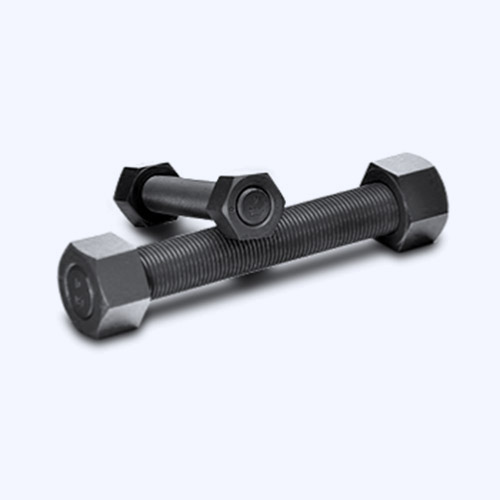

Quality Brad Fasteners for Every Application | Your Trusted Fastener Supplier
सितम्बर . 02, 2024 21:00 Back to list
Quality Brad Fasteners for Every Application | Your Trusted Fastener Supplier
Exploring the Evolution of Brad Fasteners A Staple in Modern Construction
Brad fasteners, a crucial component in the world of woodworking and construction, have transformed the way we approach assembling and finishing projects. These small yet powerful fasteners, often resembling nails but with distinct features, have found a pivotal role in various applications, from cabinetry to lightweight furniture.
Developed primarily for the purpose of fastening thin wood pieces together without splitting the material, brad fasteners present several advantages over traditional nails and screws. One of the most significant benefits is their design. Brad nails are typically thinner and have a smaller head, allowing them to penetrate materials more seamlessly. This characteristic not only minimizes the risk of splitting the wood but also reduces the visibility of the fastener after installation, contributing to a cleaner finish.
The versatility of brad fasteners is another reason for their widespread use. They are available in various lengths and gauges, making them suitable for a range of materials and project types. Whether you are working on delicate trim work or assembling sturdy furniture, brad fasteners provide the necessary holding power while maintaining a discreet presence. Their application is not limited to wood alone; they can also be employed with composites and certain types of plastics, further expanding their usability.
brad fastener

The advent of pneumatic tools has significantly enhanced the efficiency of using brad fasteners. Nail guns, which can quickly and accurately drive brads into wood, have revolutionized construction practices. These tools not only speed up the fastening process but also ensure consistency in depth and angle, resulting in a more professional finish. Moreover, the ability to tackle large projects more swiftly has made brad fasteners a favorite among both professional contractors and DIY enthusiasts.
Yet, the evolution of brad fasteners extends beyond their utility. The manufacturing processes have also improved, with many manufacturers focusing on eco-friendly options and sustainable materials. This shift reflects a broader trend in the construction industry towards sustainability and reducing waste.
In conclusion, brad fasteners have become more than just a basic component in construction; they represent innovation in design and efficiency. As technology continues to advance, we can expect to see further enhancements in the quality and application of brad fasteners, solidifying their place in the future of construction and woodworking. Whether in a professional workshop or a home garage, these small fasteners play a monumental role in creating durable and aesthetically pleasing projects.
Latest news
-
Hot Dip Galvanized Bolts-About LongZe|High Strength, Corrosion Resistance
NewsJul.30,2025
-
High-Strength Hot Dip Galvanized Bolts - Hebei Longze | Corrosion Resistance, Customization
NewsJul.30,2025
-
Hot Dip Galvanized Bolts-Hebei Longze|Corrosion Resistance&High Strength
NewsJul.30,2025
-
High-Strength Hot-Dip Galvanized Bolts-Hebei Longze|Corrosion Resistance&High Strength
NewsJul.30,2025
-
Hot Dip Galvanized Bolts-Hebei Longze|Corrosion Resistance&High Strength
NewsJul.30,2025
-
Hot Dip Galvanized Bolts - Hebei Longze | Corrosion Resistance, High Strength
NewsJul.30,2025

